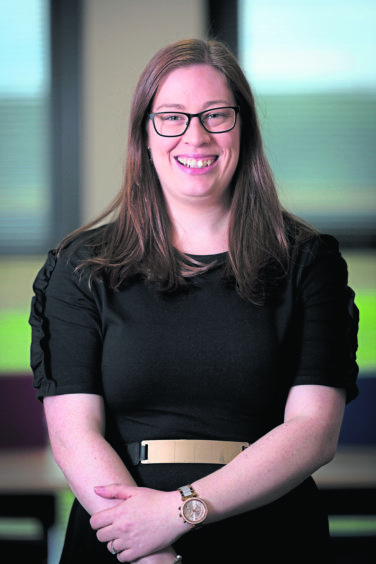
A new approach to health, safety and the environment is taking shape.
Although industrial safety has improved over the last decade or two, incidents still occur with unacceptable regularity. It’s time to turn our attention to how HSE is perceived and measured and to shed light on and learn from what it’s doing well.
How far we’ve come with Safety I
There is no doubt that industry has made progress since the start of the new millennium when it comes to health, safety and the environment. Despite the fact that the HSE department in many organisations I visit is still perceived as a sort of police force, intent on ensuring rules are followed and “catching” those who try to circumvent them, statistics generally show improvement from year to year. Even where HSE is perceived as “merely” an administrative body tasked with gathering data and compiling spreadsheets companies have experienced better safety performance.
It is important to keep in mind, however, that while industrial safety has improved, incidents continue to occur. In the first six months of 2018, for example, there were 46 recorded hydrocarbon releases offshore in the UK. It is also important to remember that the stakes for high hazard industries are extremely high. A single incident has the potential for catastrophic environmental damage and the loss of human life. Under these circumstances, resting on our laurels is not an option. This is what is called safety I.
Central features of Safety 2.0
Erik Hollnagel, an industrial safety expert, suggests we need to move towards safety II, which is a practice of considering what went well as well as what went wrong, and looking closely at the causes of both. This methodology looks at work-as-done rather than work-as-imagined – the reality versus the procedure. It takes into consideration variability and how people can be a source of this. Safety II is becoming talked about more often and DEKRA Organisational Reliability has been researching and developing ways of supporting organisations into this new way of working. The HSE department of an organisation is key in this. This specialised department can move organisations towards this new way of thinking. However, are they ready for this?
Where do you stand?
DEKRA Organisational Reliability has been researching and developing ways of supporting organisations as they shift to Safety II. We’d like to know if this is something companies are interested in. Do you want to assess your HSE function? If so, get in touch with us.
DEKRA Organisational Reliability
DEKRA Organisational Reliability is a behavioural change consultancy. Working in collaboration with our clients, our approach is to influence the safety culture. We deliver the skills, methods, and motivation to change leadership attitudes, behaviours and decision-making among employees. Measurable sustainable improvement of safety outcomes is our goal. We are a service unit of DEKRA SE, a global leader in safety since 1925 with over 39,000 employees in 50 countries.
For more information, visit
https://www.dekra.com/en/organizational-safety-and-reliability/
Recommended for you
